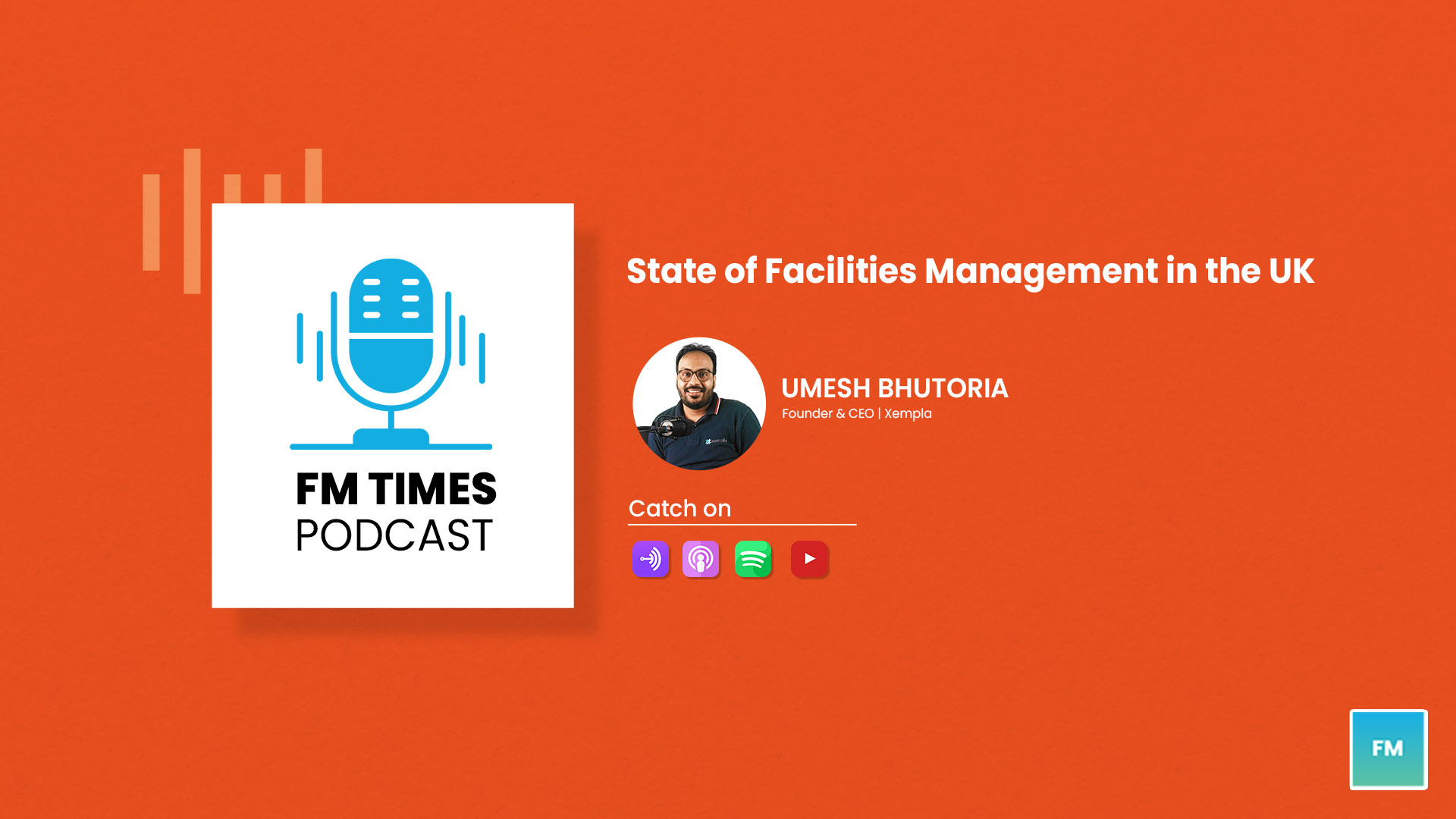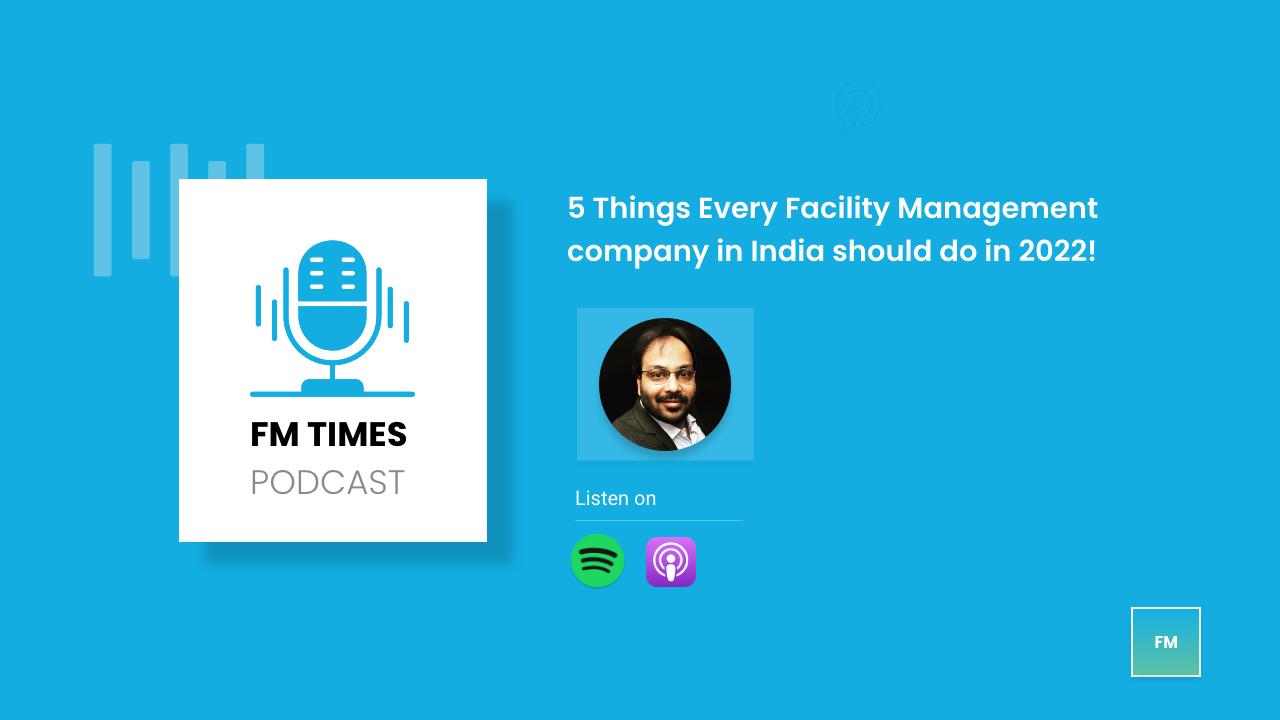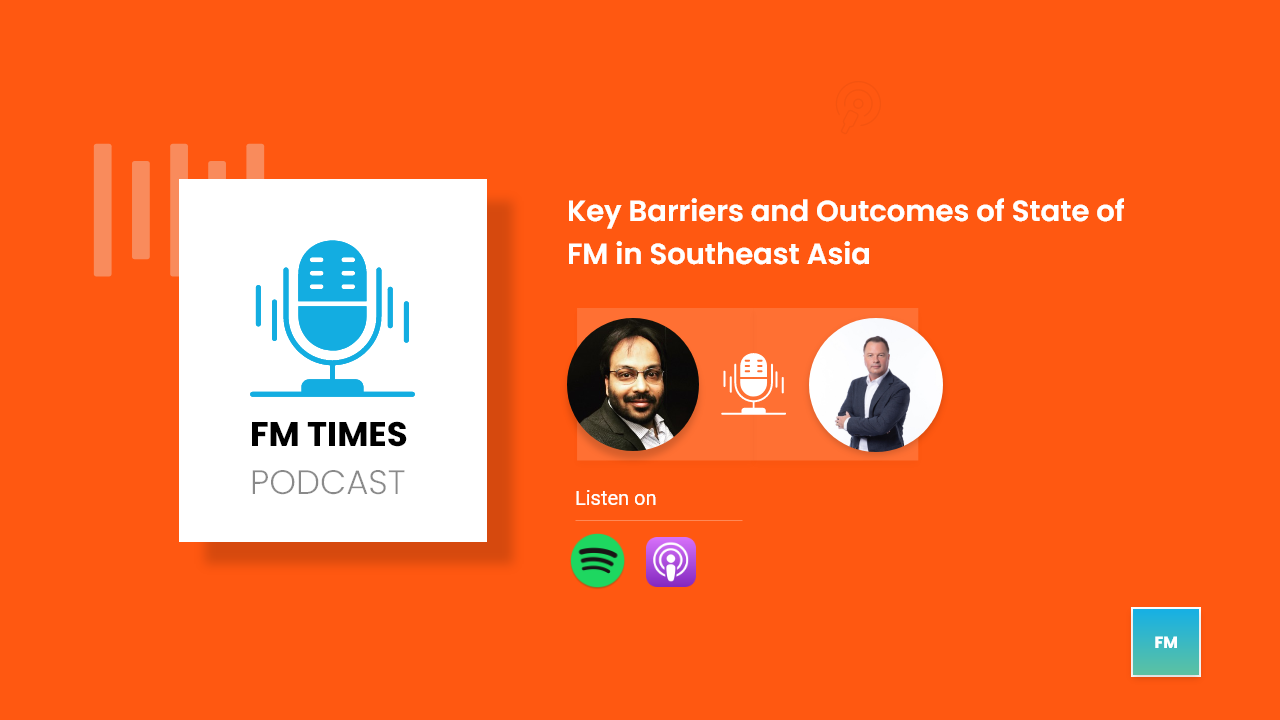In today’s world of global competition, facilities management in the UK is under growing pressure from clients to maintain facility portfolios with uncompromising targets for value, energy savings and environmental impact.
During cop26 last year, sustainability in Facilities Management as an approach gained a lot of attention, with very clear goals established for energy efficiency, resource usage, and carbon emissions. Since most of these objectives are within the traditional scope of FM services, shifting from a cost-centric to a people-centric approach is not as challenging, and the UK market is positive of transformation.
There is only one action left to take. Acting on these trends is something that FM leaders in the UK should focus on, particularly common trends and major sectors which would see massive movements.
Umesh Bhutoria, the founder and CEO of Xempla, seized the chance to delve deep into the movements that will take place over the next 24 months. He walks you through the current situation of facilities management in the UK in a 10-minute podcast, starting with the context of digital transformation, data movements, and asset performance management.
For a more detailed explanation listen to the podcast at the end of this blog to keep up on all the action.
Let’s get started!
The facility management market in the United Kingdom is extremely diversified due to the existence of multiple competitors of all sizes in a fiercely competitive environment. In addition, this market in the UK has three major talking points in terms of what is going on in the FM space, digital transformation, and hard services.
Common Trends in the UK
1. Reliability
Predictive technology or analytics are not only the sole topics of conversation. FM companies are also considering reliability-centred maintenance as a highly focused end result. This distinguishes the end job that must be completed from the technology that the company wishes to invest in.
2. Energy
Energy has been a subject of growing interest. Businesses in the UK experienced a cost increase of 54% since April, and they can anticipate seeing another one later in the year. Therefore, FM firms are putting a lot of emphasis on how their clients may cut costs, and there is a strong connection between operations, maintenance, and energy.
3. Sustainability
The majority of commercial real estate has made sustainability a top priority, but in industries like data centres and healthcare, sustainability and net zero was not the primary objective of using a lot of technology.
Key Discussion Points
Performance Based Contracts
Contractually, FM agreements haven’t progressed to the point where they might consider performance-based contracts, but there’s a lot of discussion going on about being proactive versus reactive, which is mostly linked to risk or reputation management.
It would be wise for FM companies to start preparing now so they can be ready for performance-based contracts over the following 12 to 24 months. This is a good time for businesses to start planning. Additionally, FM businesses are thinking about focusing on two aspects.
- Winning Rebids
- Avoid getting Market Tested
Beyond Discovery, the UK
There are very few FM companies still in the discovery stage in the UK market. Most of the FM companies in the UK have an approximate 40–50% understanding of what their end state will entail and have a long term-focus, which is a great spot to be in. One great difference between the UAE and UK is that UAE is still looking at the discovery phase.
Build Vs Buy
Most facility management companies, aside from the usual larger ones that operate on decentralised facilities like retail, are more inclined to build their own suite of application platforms, but those that manage huge facilities like hospitals, data centres, or airports clearly have a roadmap. They are focused on building the data lake and then selecting a suite of applications that are best in the market.
They are therefore using a combination build plus buy, however the buy is really strategic as they are basically partnering rather than taking over a vendor-driven approach.
Sectors that will experience massive movement
Healthcare, data centres, and infrastructure facilities are the sectors that will experience massive movements. In these sectors, the shift from a reactive to a proactive approach is essential since maintenance aspects and cost factors are significantly more critical. The commercial real estate market will undoubtedly experience tremendous movements, but the above sectors will outgrow them.
What is going to happen over the next 24 months?
Everyone has likely heard the word ‘R’, Recession. Even if the world had to enter a recession, there would still be a huge opportunity since use of technology in the FM space would only experience a 10X boost in macroeconomic levels.
FM companies in the UK will be prepared with a parallel business model far earlier than in some other regions. Therefore, there is a strong anticipation of a parallel business model versus a business usual scenario.
As far as asset performance management, operations, and maintenance are concerned, the UK will be more than prepared to transition into a data-first environment.
Which sectors, in your opinion, would see significant changes? If you’ve been paying close attention to the markets and you have a slightly different perspective, do share it with us.



